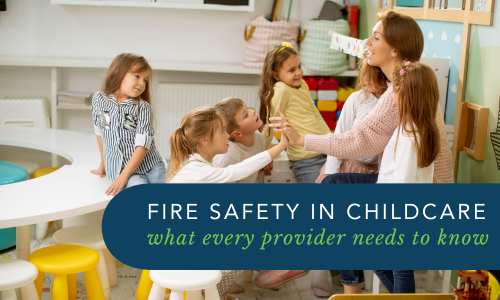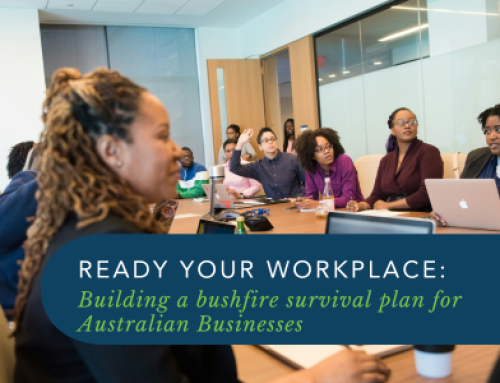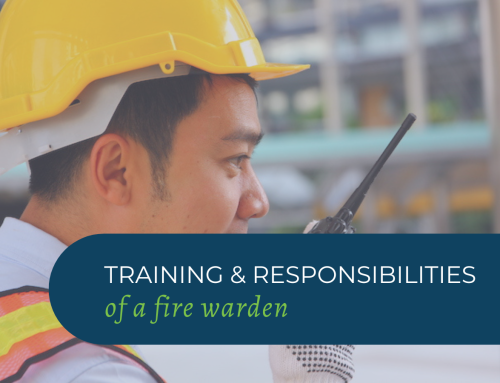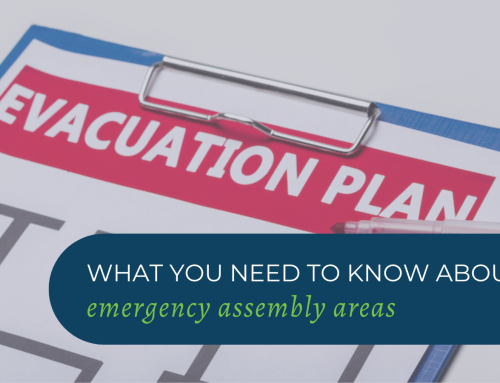When it comes to protecting the youngest and most vulnerable members of our community, fire safety in childcare settings is not just a best practice, it’s a legal and moral responsibility. Childcare centres must be equipped not only with compliant equipment but also with a strong emergency response plan aligned with Australian legislation, Industry regulations and standards, such as AS 3745-2010: Planning for Emergencies in Facilities.
Why Fire Safety Planning Is Essential
Fires can escalate quickly, and in a childcare environment, evacuations come with added challenges: young children, non-verbal infants, and the emotional needs of both staff and families. This is why having clearly defined emergency plans, regular drills, and well-trained staff is critical.
According to AS 3745, all facilities—including early learning centres and preschools—must have:
- An Emergency Planning Committee (EPC)
- A written Emergency Plan
- Appointed and trained wardens
- Clearly defined and compliant evacuation diagrams and procedures
- Regularly practised fire drills
Childcare providers must also consider factors unique to their environments, such as evacuation cots, mobility issues, and communication with families.
The Importance of Fire Drills for Staff, Children, and Families
Fire drills are more than box-ticking exercises, they’re lifesaving rehearsals. Every drill helps staff:
- Familiarise themselves with exit routes
- Rehearse the roles assigned in the Emergency Plan
- Build confidence to manage a real emergency
Children also benefit. When drills are conducted calmly and regularly, they become familiar with what to do without becoming frightened. It’s also crucial to keep families informed and reassured that fire safety is being taken seriously.
Tip: Communicate drill days in advance to families and explain the process in a newsletter or app update.
Safe Evacuation of Babies and Toddlers
Evacuating infants and toddlers requires careful planning. Here’s how to ensure safety:
- Use evacuation cots with all-terrain wheels to quickly move multiple babies
- Use appropriate carriers for non-mobile babies/infants where cots/prams cannot be used
- Assign specific staff members to each room or age group
- Practise lifting, carrying, and guiding toddlers safely and calmly
- Ensure evacuation routes are wide enough and clear of obstacles for prams and cots
- Maintain updated roll calls and medication/emergency bags near exits
Essential Fire Safety Equipment for Childcare Centres
Childcare centres in Australia should be equipped with (requirements may vary from state to state):
- Smoke alarms (regularly tested and compliant with local fire services)
- Fire extinguishers and blankets (correctly placed and serviced)
- Evacuation diagrams and clearly marked exits
- Emergency lighting and signage
- Evacuation cots or prams for babies
- First aid kits and emergency contact information
Make sure all equipment is accessible and that staff are trained to use it.
Teaching Fire Safety Without Creating Fear
Young children are naturally curious and sometimes anxious about emergencies. Here’s how to introduce fire safety in a calm, positive way:
- Use storybooks and songs to talk about “safe” and “not safe”
- Role-play exiting the building when the alarm goes off
- Teach children to recognise fire alarms and stay with educators
- Keep the tone upbeat, reassuring them it’s just a practice to stay safe
- Avoid showing distressing videos or using fear-based language
Repetition and simplicity are key. The goal is for children to understand they must follow instructions without becoming fearful.
Making Fire Drills Inclusive for Children with Additional Needs
In every childcare setting, inclusivity must extend to emergency procedures, especially fire drills. Children with additional needs, whether physical, developmental, sensory, or emotional, require thoughtful planning to ensure their safety without causing unnecessary distress.
Here’s how you can make fire drills inclusive and supportive:
> Personal Emergency Evacuation Plans (PEEP)
Work closely with families and support professionals to create Personal Emergency Evacuation Plans for children with:
- Mobility challenges (e.g. wheelchair users, children with walkers)
- Sensory sensitivities (e.g. children who are distressed by loud alarms)
- Autism or developmental delays, who may struggle with transitions or changes in routine
- Hearing or visual impairments
- Behavioural issues
- Injuries
These plans should detail specific supports, equipment, and staff responsibilities during an evacuation.
> Structure
Children with additional needs often thrive with structure and predictability. Help them prepare by:
- Using social stories or picture books that explain what happens during a drill
- Practising evacuation steps as part of daily routines (e.g., walking calmly to the door, lining up, following a staff member)
- Rehearsing frequently in a calm environment before participating in centre-wide drills
> Assign Key Support Staff
Ensure that children with additional needs are always assigned a specific staff member who knows their emergency plan and can guide them safely. This person should be trained to:
- Provide comfort and reassurance
- Use clear, simple communication
- Adjust strategies in the moment if needed
> Equipment & Accessibility
Check that all evacuation routes are accessible, and that required adaptive equipment (e.g., evacuation chairs, modified cots, visual cues) is in place and functional. Regularly review and test this equipment as part of your fire drill process.
How Workplace Emergency Management Can Help
At Workplace Emergency Management, we understand that no two childcare centres are alike. That’s why we:
- Tailor emergency plans and procedures to your facility’s layout and needs
- Conduct on-site assessments and hazard identification
- Train staff in accordance with AS 3745 and early childhood education regulations
- Run customised fire drills to help staff and children prepare
- Provide ongoing support to ensure compliance and confidence
With our expertise, you can focus on what you do best, caring for children, while we help you keep them safe.
Fire safety in childcare is about planning, practice, and partnership. By aligning with AS 3745, training your team, engaging children in age-appropriate drills, and working with professionals like Workplace Emergency Management, you can ensure your centre is fully prepared for the unexpected.
Need help creating or updating your fire safety procedures?
Contact Workplace Emergency Management today and let us help you build a safer future for your staff, children, and families.
GET IN TOUCH
Are you ready for peace of mind that your workforce is as safe and prepared as possible?
With a dedicated team of staff ready to help you meet compliance requirements and improve the overall safety of your workplace, all you need to do is get in touch.
Request your free audit today!



